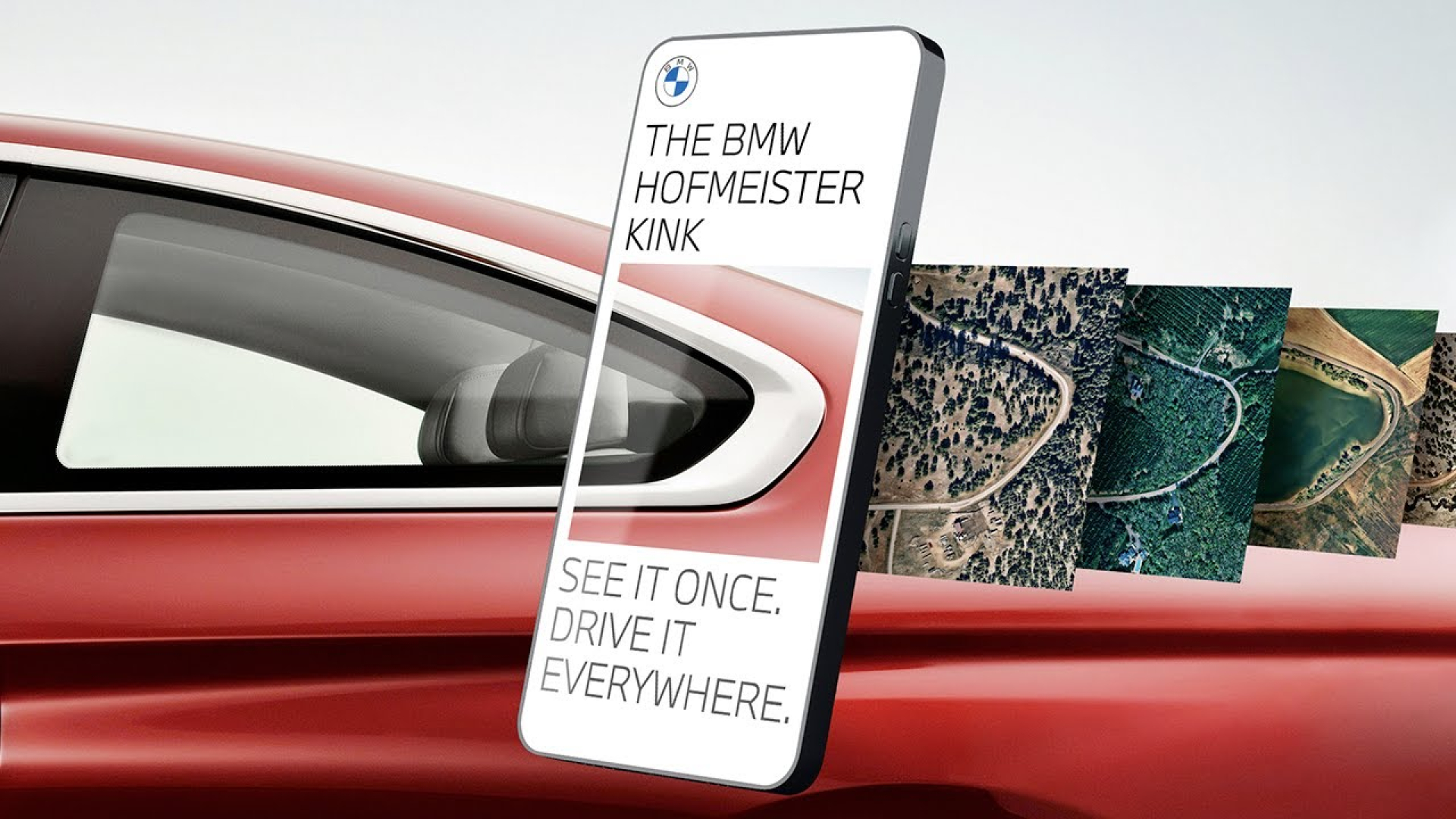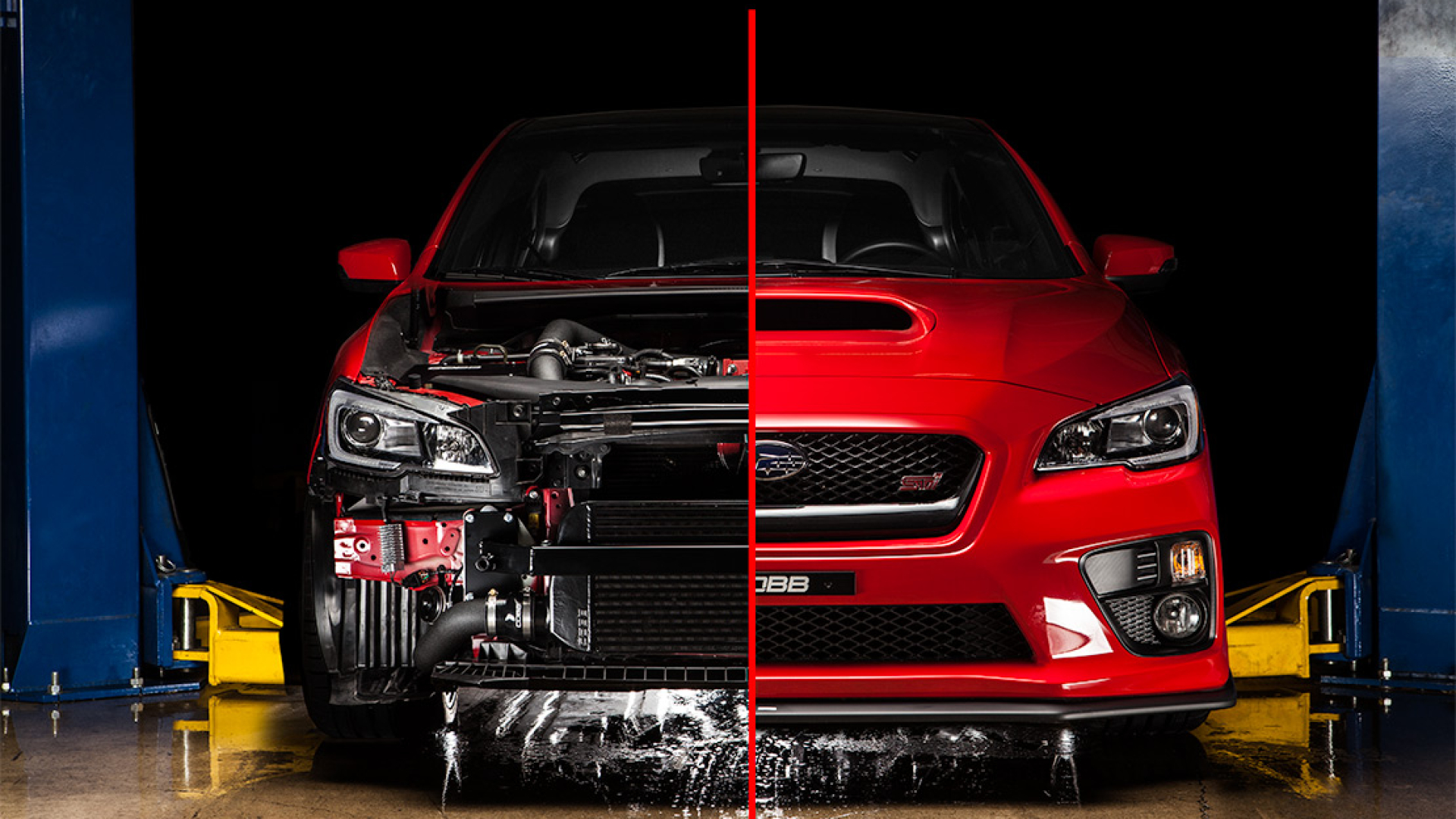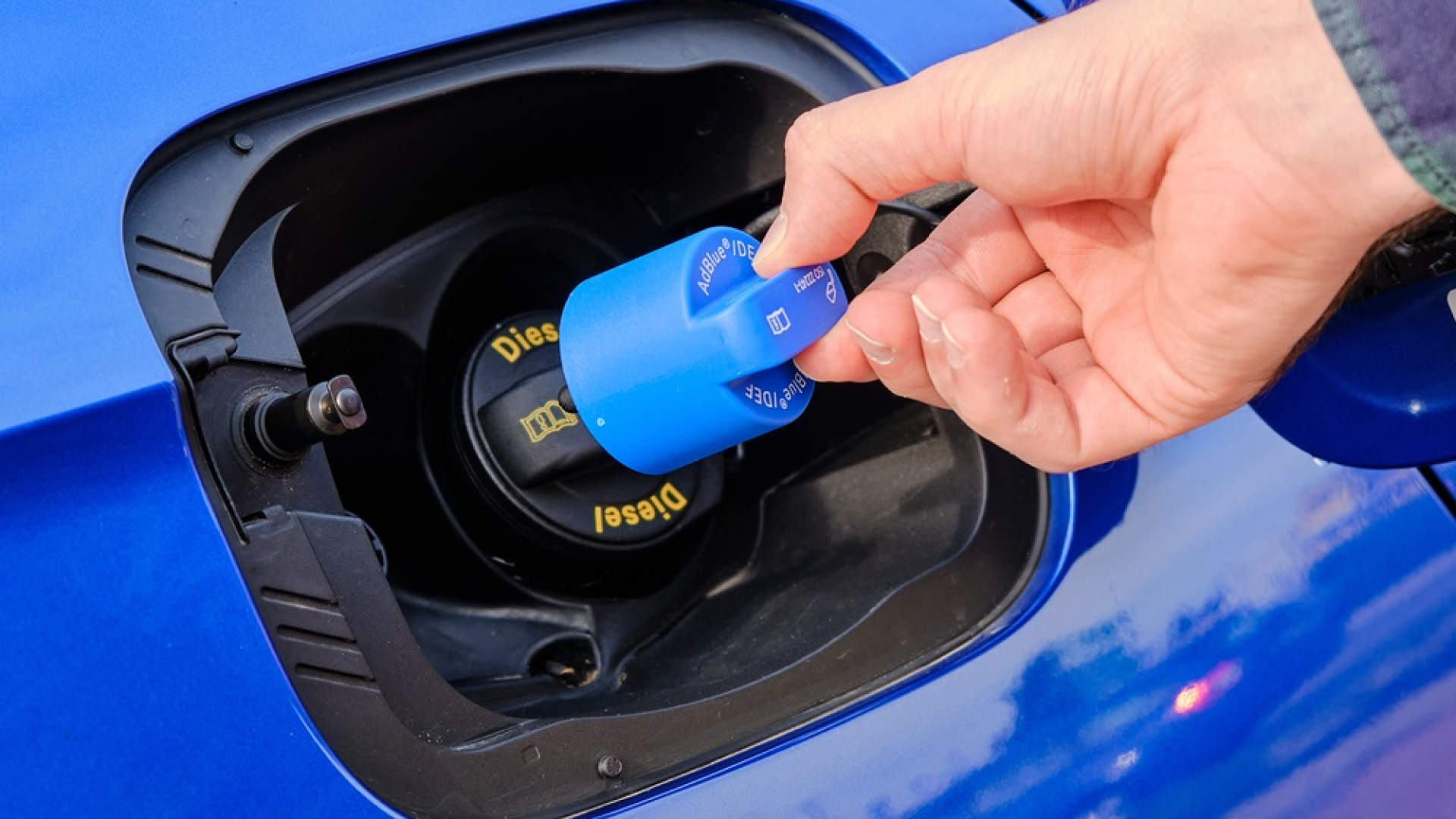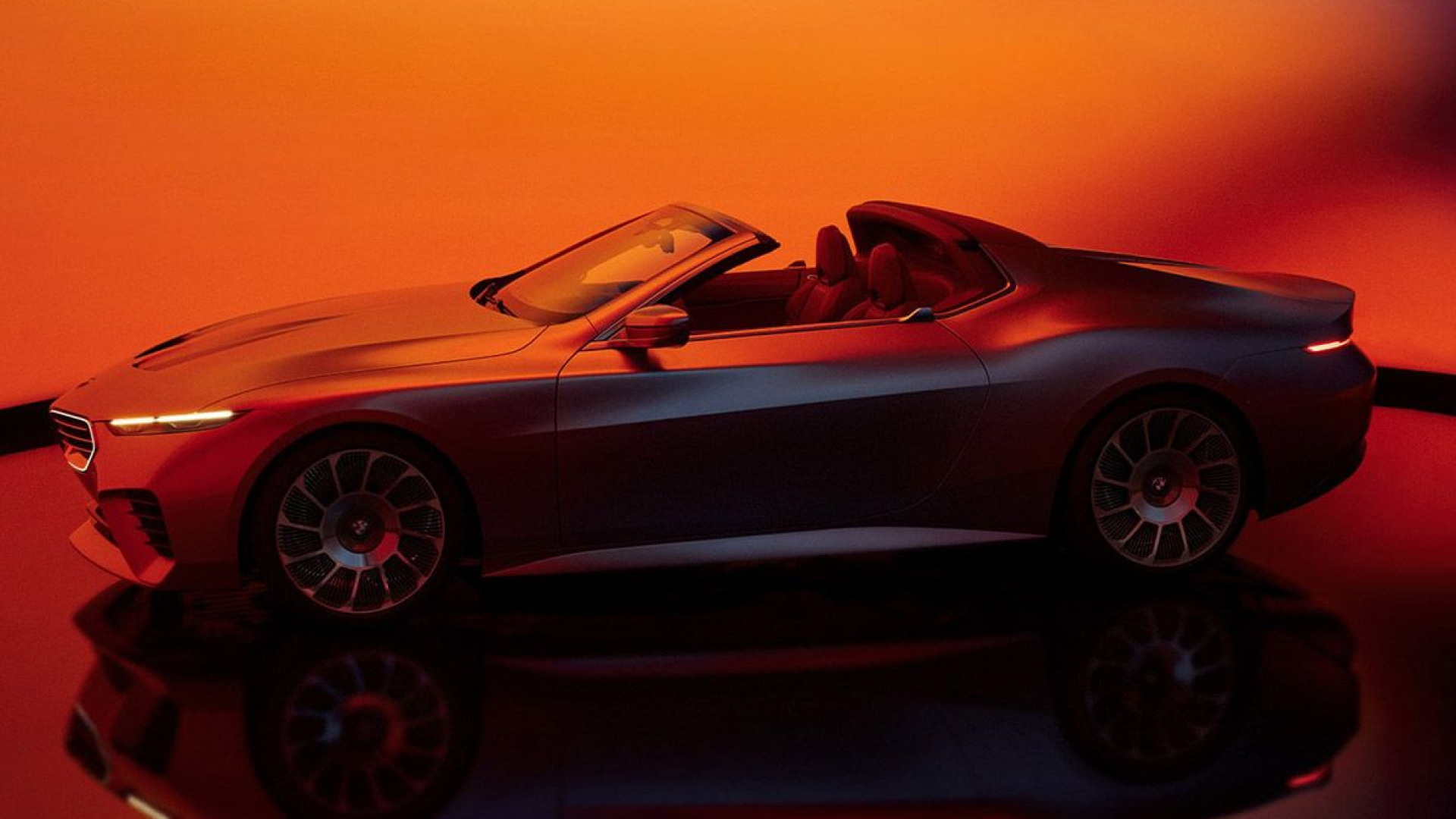The Hofmeister Kink is a distinctive design element found in BMW vehicles, characterized by the unique angular bend in the rear side windows, particularly in the C-pillar. First introduced in the early 1960s, this feature has since become a signature detail in BMW’s design language. Named after Wilhelm Hofmeister, BMW’s design chief from 1955 to 1970, the kink not only enhances the car's visual appeal but also reflects its engineering and performance-driven identity.
History and Evolution of the Hofmeister Kink
The Hofmeister Kink made its debut in the BMW 1500, a part of the "New Class" sedan series launched in 1961. This angular curve in the window line was not only a stylistic choice but also served practical purposes. The design helps improve the structural rigidity of the rear window area, offering a stronger and safer frame. Over the decades, the kink has evolved, but it remains a defining feature across BMW’s car lineup, from sedans to SUVs.
The Significance of the Hofmeister Kink in BMW's Design
Beyond its aesthetic role, the Hofmeister Kink symbolizes BMW’s philosophy of blending elegance with sportiness. It visually emphasizes the rear-wheel-drive layout, which is a hallmark of BMW's performance-oriented vehicles. By directing attention to the car's rear, it subtly hints at the dynamic driving experience BMW is known for.
Why the Hofmeister Kink Matters in Automotive Design
In an industry where design elements can be crucial for brand recognition, the Hofmeister Kink plays a significant role in distinguishing BMW from its competitors. It has become synonymous with the brand’s identity, much like the kidney grille or the quad headlights. Today, even as BMW adopts new technologies and design trends, the Hofmeister Kink remains a consistent feature, bridging the company’s rich heritage with modern innovation.
Conclusion
The Hofmeister Kink is more than just a design flourish; it is a key element that encapsulates BMW's legacy of engineering excellence, performance, and sophisticated design. As a timeless symbol, it continues to represent the brand’s commitment to creating vehicles that are both visually striking and dynamically superior.
This unique feature has ensured BMW’s models maintain a distinctive identity in an ever-changing automotive landscape, making the Hofmeister Kink a lasting icon in car design history.





Comments powered by CComment